Centre culturel de Bukchon (북촌문화센터)
4.4Km 2024-12-19
37, Gyedong-gil, Jongno-gu, Seoul-si
+82-2-2133-1371
Le village de maisons traditionnelles de Bukchon est le centre de la culture Bukchon qui est un site résidentiel traditionnel de 600 ans d’histoire de Séoul situé entre les Palais Gyeongbokgung et de Changdeong et JeongMo (tombeau héréditaire de la famille royale).
Les maisons traditionnelles qui se situent entre les deux palais temoignent bien du paysage traditionnel de Séoul. Pourtant, à l’heure actuelle, elles sont transformées en salles d’expérimentation de la culture coréenne ou en restaurants traditionnels etc.
Le centre de la Culture de Bukchon est une résidence traditionnelle composée d’Anche (bâtiment principal de la maison coréenne), d’ Heanglangche (corps de bâtiment rattaché à la grande porte), de Beolche (bâtiment annexe) dans laquelle la tradition coréenne s’épanouit et par ailleurs les programmes de la culture du matin calme sont préparés pour apprendre son histoire et sa tradition.
Plusieurs programmes sont organisés par des experts de chaque domaine et ils durent en moyenne de 3 à 6 mois.
Vous pouvez obtenir des informations précises par téléphone et ensuite choisir un programme. Par ailleurs, un individu peut s’y inscrire. Pourtant, les programmes se déroulent en coréen donc il serait mieux y venir avec un guide ou un interprète.
Les huit paysages du village Bukchon (북촌 8경)
4.4Km 2024-12-13
37, Gyedong-gil, Jongno-gu, Seoul
+82-2-2148-4161
Bukchon qui signifie "village du nord", est nommé ainsi car il se trouve au nord de Cheonggyecheon et de Jongno. Le quartier situé au sud de Jongno, autrement dit les environs du mont Namsan, était appelé "Namchon (village du sud)". Au cours de la dynastie Joseon, la famille royale et les aristocrates habitaient à Bukchon alors que les fonctionnaires résidaient traditionnellement à Namchon. Aujourd'hui, le village hanok, situé entre le palais Gyeongbokgung et le palais Changdeokgung, est appelé Bukchon. En parcourant les nombreuses petites ruelles dans ce quartier traditionnel, vous pouvez trouver les "huit paysages du village Bukchon". Chacun de ces lieux comportent des spots photos spécifiques. Vous pouvez y prendre de belles photos en appréciant les paysages du quartier et la beauté des hanok.
[Les huit paysages du village Bukchon]
* Premier paysage du village Bukchon - La vue sur le palais Changdeokgung
Le premier spot photo offre la meilleure vue sur le palais Changdeokgung. Prenez la rue Chandeokgung 1-gil devant le Centre culturel de Bukchon et vous pourrez trouver le spot photo au bout de la rue.
* Deuxième paysage du village Bukchon - La ruelle des ateliers de Wonseo-dong
Marchez le long de la ruelle avec un muret en pierre (Changeokgung-gil) et vous pourrez trouver le musée d'art bouddhique et Yeon Gongbang. Au bout de la ruelle se trouve le deuxième spot photo, en face de l'Institut de cuisine royale de Corée.
* Troisième paysage du village Bukchon - La ruelle du musée Gahoe-dong
Vous pouvez faire l'expérience du hanok et de la culture traditionnelle coréenne dans les ateliers d'artisans.
* Quatrième paysage du village Bukchon - La colline 31 Beonji Gahoe-dong
Vous pouvez avoir une vue panoramique sur les environs de 31 Beonji de Gahoe-dong et la maison de Yi Jun-gu qui se situe dans les hauteurs du quartier.
* Cinquième paysage du village Bukchon - La ruelle qui descend de Gahoe-dong
Vous pouvez trouver un grand arbre hoenamu se trouvant à l'entrée de la ruelle qui descend de Gahoe-dong.
* Sixième paysage du village Bukchon - La ruelle qui monte de Gahoe-dong
Au bout de la ruelle qui monte de Gahoe-dong, vous pouvez trouver le sixième spot photo. Au passage, appréciez la vue panoramique sur les toits des hanok.
* Septième paysage du village Bukchon - Gahoe-dong 31 Beonji
Le septième paysage est composé d'une petite ruelle entourée de Hanok. C'est un endroit idéal pour effectuer une promenade paisible et reposante.
* Huitième paysage du village Bukchon - Samcheong-dong, route Dolcheunggyegil
Montez la colline en suivant le chemin Hwagae 1-gil. Vous pouvez profiter de la vue sur le palais Gyeongbokgung, le mont Inwangsan et la Maison Bleue, vous rejoindrez la route Dolcheunggyegil (escalier en pierre) qui aboutit vers le quartier Samcheong-dong. En descendant l'escalier, vous pourrez trouver le huitième spot photo.
Hamcho Ganjanggejang (함초간장게장)
4.4Km 2021-03-18
27, Myeongdong, 8ga-gil, Jung-gu, Seoul
+82-2-318-1624
This is a Korean cuisine located in Myeong-dong, Seoul. The representative menu is soy sauce marinated abalone. crabs were aged in herbs and soy sauce.
Bukchonmaru hanok guesthouse [Korea Quality] / 북촌마루한옥게스트하우스 [한국관광 품질인증]
4.4Km 2020-09-10
152, Changdeokgung-gil, Jongno-gu, Seoul
+82-10-3253-8751
Bukchonmaru Hanok Guesthouse is located between “Bukchon Views 2 and 3” on a hill in Bukchon Village in Seoul. This two-storied hanbok building with a terrace, which is rarely found among other hanok structures in the area, offers a splendid view of Seoul. In particular, the summit of a hill next to the main gate of Choong Ang High School where the guesthouse is situated is known as the filming location for the famous Korean TV series Winter Sonata (2002). When you open the main gate and go up to the first floor, a small yard is seen with a group of jars on one side. After entering the sliding door through the yard, there is daecheong maru (main floored room) that features the doors opening in all directions and a high ceiling with rafters, making the space open and cozy. The hanok building consists of two floors – the ground floor is equipped with special furniture, a jar table and a log chair made by the owner, and on the first floor are guestrooms comprised of one large room and two small rooms. The neat and clean rooms are designed in a simple way and have lovely bedding with the pattern of five cardinal colors. Its staff members can speak English and Chinese to communicate with guests from other countries. Every morning, guests engage in animated conversation while enjoying a Korean home-style breakfast prepared by the owner in a friendly atmosphere. After having breakfast, if guests want, they can try on traditional Korean clothes (hanbok) and take photographs inside and around the guesthouse to create interesting memories. The guesthouse also provides a hanbok rental service (KRW 30,000 for a day) and tourists wearing traditional Korean clothes can enter both Changdeokgung Palace and Gyeongbokgung Palace, which can be reached on foot within 10 to 15 minutes, free of charge. Moreover, guests can enjoy an open view of the area including Gahoe-dong, Gye-dong and even the lights of the Namsan Seoul Tower at night from the roof top.
Jirisan Restaurant (지리산)
4.4Km 2019-08-01
30, Insadong 14-gil, Jongno-gu, Seoul
+82-2-723-4696
Jirisan is one of the representative Korean restaurants in Insa-dong, an area known for its traditional culture. One of the trademarks of this restaurant, besides its amazingly delectable bean and tofu dishes, is a wooden sign that welcome guests into a neat and cozy interior.
Each day, fresh beans are ground at the restaurant to prepare dishes such as soybean paste, soft tofu, and bean-curd tofu stew. Bean-curds are prepared by using seawater, which gives the tofu a unique flavor. The fresh and clean taste of the tofu is one of the many reasons that choosey tofu aficionados flock to the restaurant.
Not just limited to tofu, Jirisan presents customers with a full-range of side dishes such as kimchi, japchae (glass noodles with sautéed vegetables), cucumber kimchi, seasoned seaweed, braised lotus roots, roasted yellow corbinas (a type of fish), leafy greens, bean-curd stew, and more. The restaurant gives visitors a chance to experience a hearty traditional Korean-style meal, but has thoughtfully toned down its seasonings to appeal to a wider audience (particularly those not used to spicy foods).
One of the recommended menu items is the Jirisan set meal, which offers diners the chance to sample foods that are popular in the Jirisan region. Adventurous diners may want to try the sea urchin soup or dried Pollack soup.
The restaurant, originally a traditional Korean house, has been modified over the years to better suit the needs of its customers. The walls surrounding the structure were removed and a glass ceiling was installed to allow guests to enjoy the natural light of the sun as they sample some of the area’s best traditional Korean cuisine.
Seoul Royal Hotel (서울 로얄호텔)
4.4Km 2021-05-07
61, Myeongdong-gil, Jung-gu, Seoul
Seoul Royal Hotel, nicknamed 'Oasis in the City,' is located in central Seoul in the famous Myeong-dong area. It has more than 300 rooms along with banquet halls, restaurants, a business center, spa and more. The hotel's location, in particular, is ideal for shopping, and also traveling to other parts of the city by public transportation.
Vegetarian Restaurant Osegyehyang (채식요리전문점 오세계향)
4.4Km 2019-12-23
14-5 Insadong 12-gil, Jongno-gu, Seoul
+82-2-735-7171
Osegyehyang is a vegetarian restaurant location in Insa-dong, a street known for its traditional culture and crafts. It serves various dishes that cater to the needs of vegetarian customers.
Suyeonsanbang (수연산방)
4.4Km 2016-12-16
8, Seongbuk-ro 26-gil, Seongbuk-gu, Seoul
Suyeonsanbang, a traditional Korean tea house located in Seongbuk-dong, was originally the house where the late Korean author Lee Tae-Jun wrote many of his books. Now, his estate has opened Suyeonsanbang’s doors to the public in the form of a charming and peaceful tea house. Famous for its savory tea, beautiful nature, and rich history, Suyeonsanbang has been covered by a variety of foreign media outlets like NHK (Japan), BBC (UK), French TV channels, and numerous Japanese magazines. To take a break during the summer heat, visitors come to Suyeonsanbang to try their patbingsu (shaved ice with red beans), one of its summer specialties. So come relax and be inspired in this traditional Hanok tea house.
Inwoohouse [Korea Quality] / 인우하우스 [한국관광 품질인증]
4.4Km 2023-04-13
9, Gyedong 6-gil, Jongno-gu, Seoul
02-742-1115
Run by a couple hailing from Bukchon, Inwoo House is located in an alleyway in Gye-dong, Jongno-gu, which is part of Bukchon that is well-known for old hanok houses. Inwoo House, meaning 'the house of Inwoo,' is inhabited by the owner couple and eight-year-old son Inwoo and his younger brother Yeonwoo. The couple, who have always lived in Bukchon, moved to Inwoo House in 2010; their parents run another guesthouse -- Yeonwoo House -- in Gahoe-dong, which isn’t far from Inwoo House. These two hanok guesthouses seek to provide guests with an opportunity to experience the true aspect of traditional Korean house amid the natural environment. Inwoo House, which has the typical style of hanok in the area, features a cozy yard, a toenmaru (narrow wooden porch running along the outside of the building), and several charming decorative items. It has three rooms – Tokki-bang and Haejanggeum-bang situated in Sarangchae (a detached building) and Nori-bang, which is a communal space. Due to its quiet location, guests can enjoy relaxation with a serene atmosphere in their rooms, which are decorated with calligraphic works and furniture inlaid with mother-of-pearl in a simple way. Each room is equipped with a bathroom. The guesthouse offers breakfast such as toast or tteokguk (rice cake soup). Inwoo House is an ideal place to stay for guests with children as the owner couple have children with whom children can play in the alley, yard, or toenmaru with an interesting hanok environment. The guesthouse also provides various traditional activities including traditional Korean clothes experience, traditional Hanji (Korean paper) craft experience, traditional knot bracelet making, and fan decorating, which are popular among foreign tourists and children. It is adjacent to restaurants, coffee shops, convenience store, and other tourist attractions including Gyeongbokgung Palace, Changdeokgung Palace, Insa-dong, and Samcheong-dong.
Jongno Buldwaeji(종로불돼지)
4.4Km 2020-11-19
67, Cheonggyecheon-ro, Jongno-gu, Seoul
+82-2-734-1190
A place that sells pork pre-grilled on briquette fire. The best menu at this restaurant is skin-on pork belly. This Korean dishes restaurant is located in Jongno-gu, Seoul.

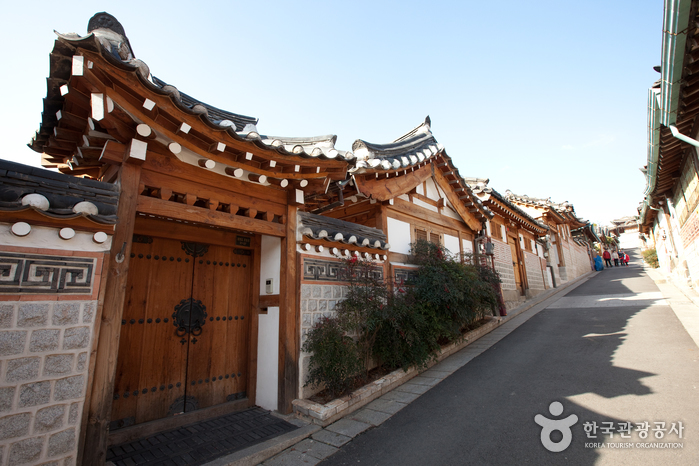
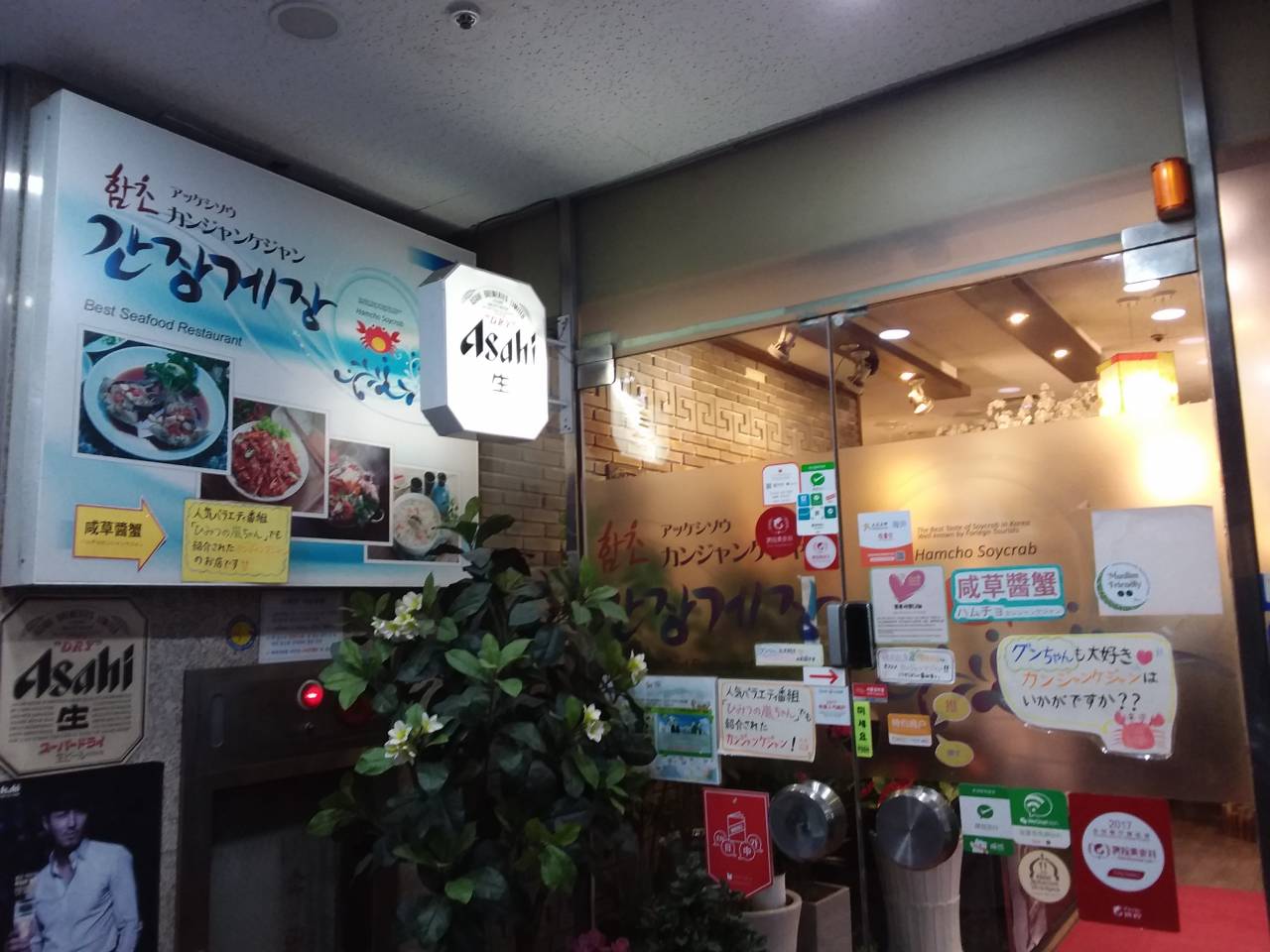
![Bukchonmaru hanok guesthouse [Korea Quality] / 북촌마루한옥게스트하우스 [한국관광 품질인증]](http://tong.visitkorea.or.kr/cms/resource/32/2574032_image2_1.jpg)
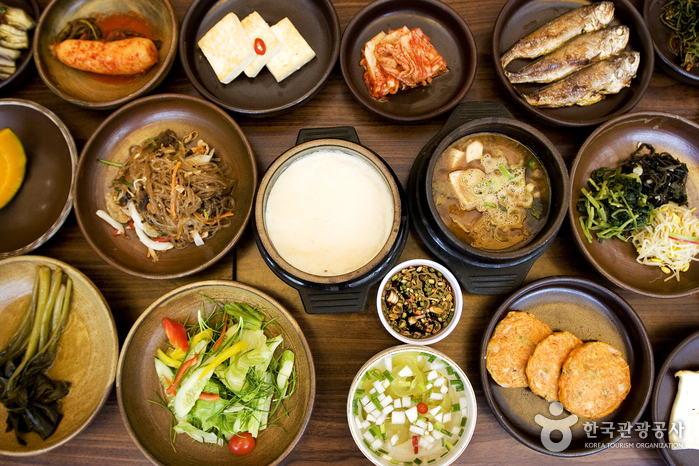

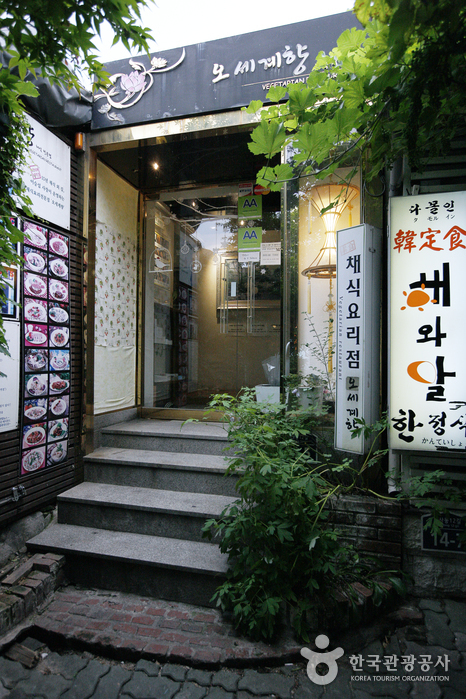
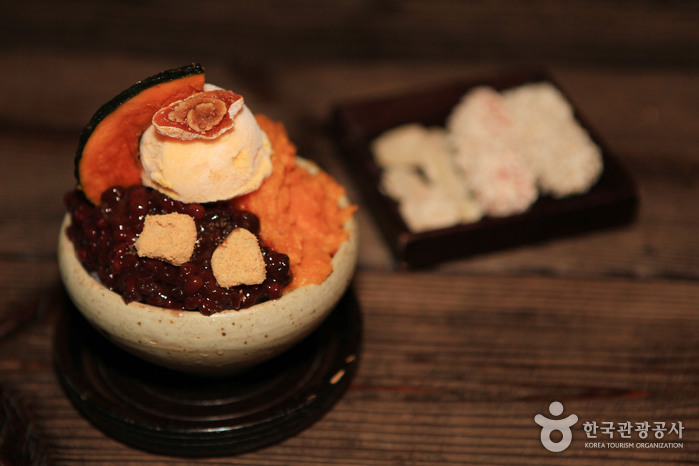
![Inwoohouse [Korea Quality] / 인우하우스 [한국관광 품질인증]](http://tong.visitkorea.or.kr/cms/resource/64/2633664_image2_1.jpg)
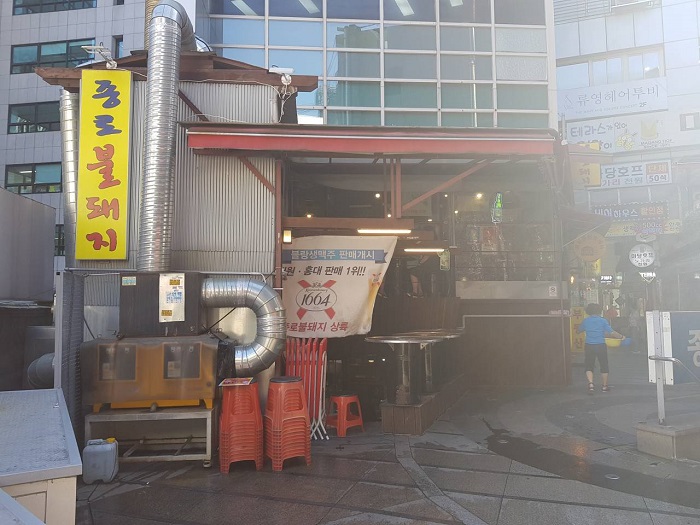
 Français
Français
 한국어
한국어 English
English 日本語
日本語 中文(简体)
中文(简体) Deutsch
Deutsch Español
Español Русский
Русский